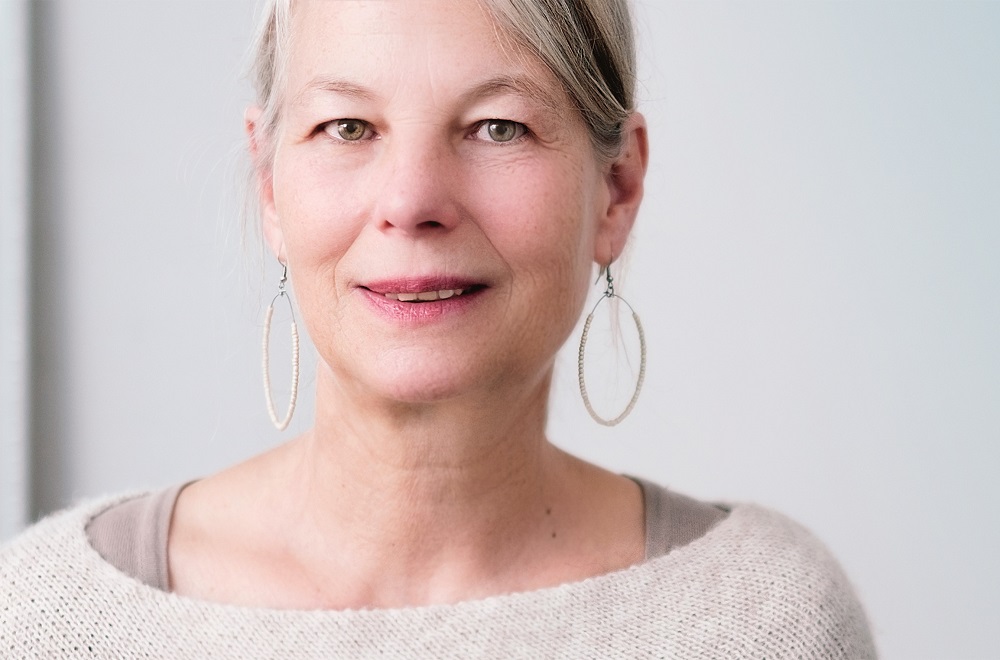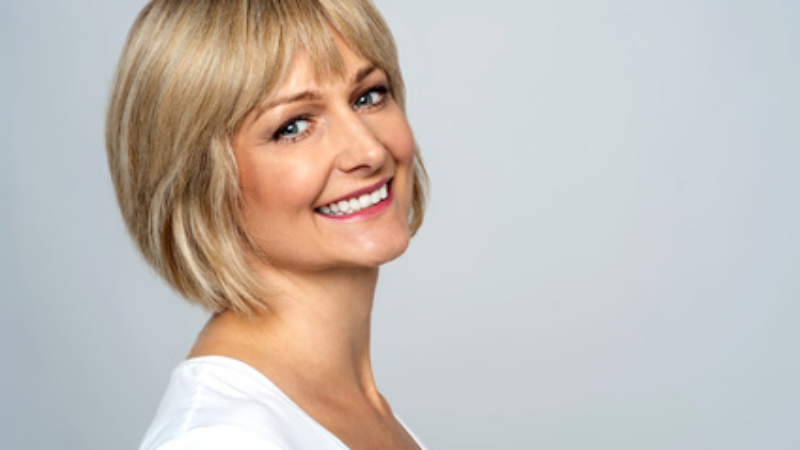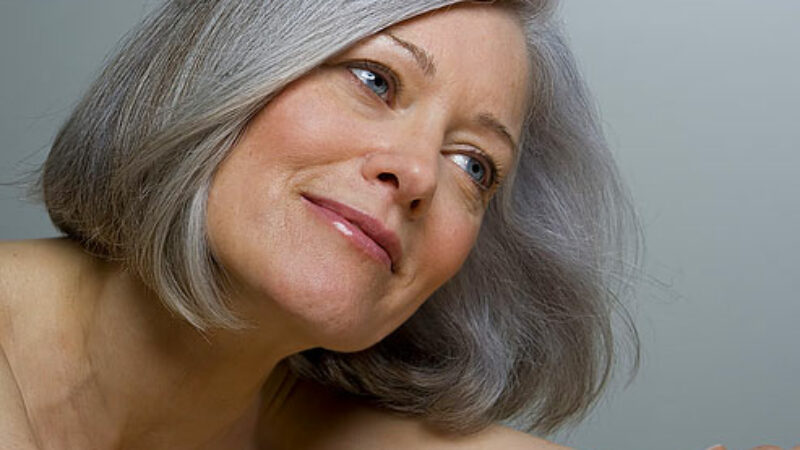Along with all the usual changes in our bodies prior to and after menopause (hello, hot flashes!), hormonal changes also do a number on our skin. During perimenopause and menopause, estrogen and progesterone levels fluctuate and then rapidly decline, leading to more marked signs of aging in our skin. Although perfectly normal, this doesn’t mean we have to take it lying down!
Here are a few of the significant skin changes you may notice and what you can do to lessen the impact:
- Sensitivity: If you find that products that you love and have used for years are causing sensitivity, stinging and irritation, it may not be all in your head. Barring a major change in product formulation, the most likely reason may be that your skin has changed, becoming less tolerant of some of the ingredients. By repairing and maintaining a healthy and strong skin barrier with effective emollients, you can increase your skin’s resilience and strengthen its ability to keep irritants out.
- Loss of Collagen and Elastin: By the time we reach our first quarter century, collagen production has peaked and is beginning its steady decline, slowing down by about 1% per year. By the time we hit menopause, however, this can accelerate to 5x that rate! It’s no wonder some women think they have aged overnight. A gentle yet effective retinoid will help with thinning and sagging skin that has lost its elasticity by boosting collagen production, and that’s only one of its many powers! If you’ve never experienced the benefits of a retinoid, now’s the time to start! Our favorite is A is for Anti-Aging Retinal Serum, the star of the Apothekari line.
- Loss of Fat in the Face: As we age, the once evenly distributed fat in our face begins to lose volume and (gasp!) move downwards, giving us a jowly, sagging appearance. Topicals such as retinoids, niacinamide and anti-oxidants can improve the skin in a myriad of ways, including boosting collagen production to add a youthful plumpness and suppleness to the skin. However, if you’re looking to completely reverse what time and gravity have precipitated, cosmetic procedures may be required. Although we still believe in effective topicals and early prevention starting in our 30’s and 40’s, there are new, non-invasive procedures that can be done safely without significant discomfort or downtime by your dermatologist or medical esthetician.
- Dryer Skin: A drop in estrogen levels is also at the root of dryer skin and its ability to maintain moisture during menopause. Couple that with reduced cell turnover and the result is less than appealing. The answer is two-fold. Firstly, regular exfoliation with a gentle AHA such as glycolic acid which essentially “unglues” the dry dead skin cells that sit on the surface and helps increase cell turnover. Secondly, a good moisturizer with hyaluronic acid will help rehydrate the skin. Although dry skin doesn’t cause wrinkles, well-hydrated skin makes them much less apparent.
- Increased Acne: Just when you thought you had acne beat, here it comes again. This time, the drop in estrogen results in higher testosterone levels, leading to increased oil production and blocked pores which can be exacerbated by slower cell-turnover. As opposed to the typical T-zone acne of our teen years, menopausal acne usually centres around the chin area. Luckily, if you’re already using a retinoid, you’ve got one of the best acne treatments around! Not only are retinoids stellar in the anti-aging department, they also pack a powerful punch in the fight against acne. In 1943, the first study was published illustrating the effectiveness of retinoids in treating acne. Forty years later, the unexpected anti-aging side benefits were being hailed as skin care miracles. A is for Anti-Aging also boasts niacinamide, which has been shown to result in a significant reduction in acne in several studies, perhaps due to its potent anti-inflammatory effect.
- Age Spots: Thanks to an accumulation of a life-time of sun damage as well as the drop in estrogen levels, we may see more age spots appear. That’s due in part to the reduction in the number of melanocytes (special cells that produce the pigment melanin which helps to protect the skin from UV damage). Less melanin means less protection and, bingo, more sun damage. Thus, it’s even more important than ever to keep up with your daily broad-spectrum sunscreen application. After all these years, we’re still in love with Anthelios XL SPF 50+ Ultralight Fluide for its matte finish and feather-light feel.
That’s probably enough to digest for now without mentioning the increased facial hair, right?




